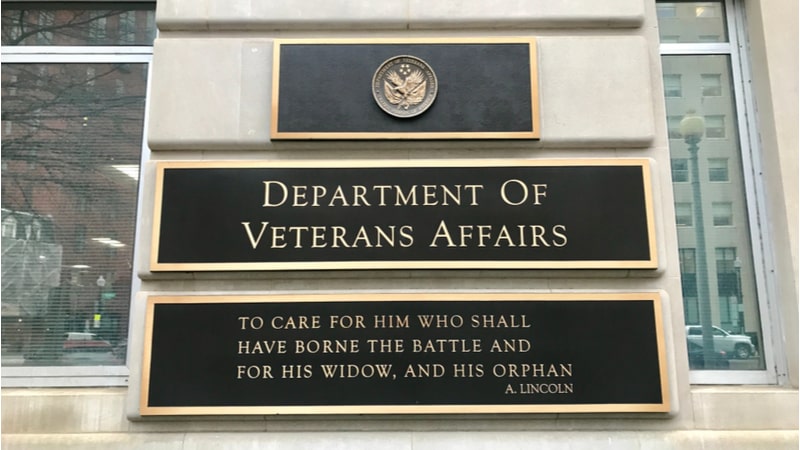
A new report from the Department of Veterans Affairs (VA) examines how the VA’s IT initiatives have improved access to benefits and services.
The Office of Information and Technology (OIT) report, released Nov. 3, found that significant investments in digital and IT transformation for VA’s chief data systems and service-delivery platforms helped the agency quickly pivot to its COVID-19 response. That included shifting more than 415,000 staff and contractor personnel to telework, and expanding and securing telehealth access at VA Medical Center facilities nationwide.
“It’s been a year of unprecedented challenge and hardship, but 2020 has also brought us insight and opportunity,” said VA CIO James Gfrerer. “The COVID-19 pandemic jumpstarted an accelerated implementation of our Digital Transformation Strategy as we strove to provide care, benefits, and services not only to our Veterans, but to the country in support of VA’s Fourth Mission [to improve the Nation’s preparedness for response to war, terrorism, national emergencies, and natural disasters]. But despite these challenges, OIT has made incredible progress – just not necessarily in the ways we had anticipated back in 2019.”
A few achievements highlighted in the report include:
- Developing the digital pre-entry screening tool that enables Veterans, caregivers, and employees to answer questions on their mobile phones and share their results at VA medical facility entrances.
- Creating COVID-19 chatbot – dubbed e-VA (electronic Virtual Assistant) – which reduces medical center call volume so representatives can help callers with urgent medical needs as quickly as possible.
- Shifting a workforce of more than 415,000 employees and contractors to telework, doubling gateway bandwidth, quadrupling virtual servers, and migrating VA staff to Microsoft Teams.
- Deploying 199,000 laptops, approximately 11,000 mobile devices, and 499 VA Virtual Office routers to Veterans Health Administration clinicians.
- Expanding VA Video Connect systems to help Veterans conduct more than 1.5 million telehealth appointments from their homes or other non-VA sites – a 1,066 percent surge compared to 2019.
- Leveraging 3-D printing capabilities to manufacture personal protective equipment.
- Introducing two new network management controls – Forescout and Gigamon – via a partnership with the Department of Homeland Security to aid the VA in identifying every device on its networks.
- Building the National Surveillance Tool, through a partnership with the Veterans Health Administration (VHA), Microsoft, and VA OIT. The summary and tracking tool helps VHA gain better situational awareness of its patients and resources during the pandemic.
“By ensuring that VA employees have the tools and technology they need to do their jobs – no matter where they are or what situation they’re in – our nation’s Veterans continue to have access to the care they need and deserve,” said VA Secretary Robert Wilkie.
